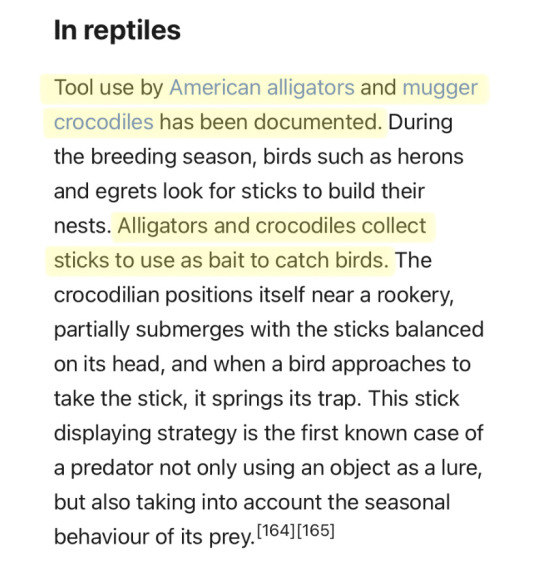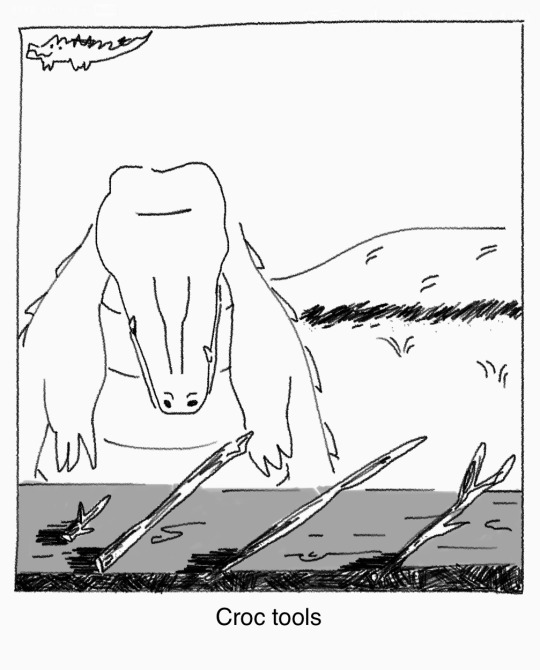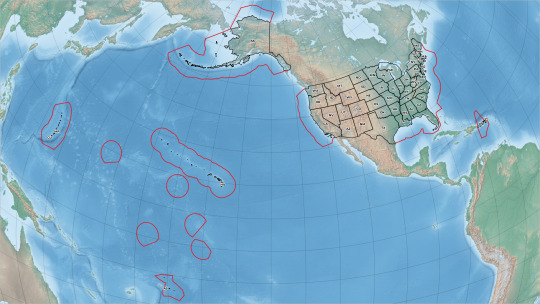Charlotte | She/her | 26 | Mostly supernatural | paper conservator | Here for fun, short stories, inspirations, fresh ideas that sort of thing, and an occasional scream into the void
Don't wanna be here? Send us removal request.
Text
love seeing revisionism in the wild “free the nipple never meant you can walk around topless every where that’s still sexual harassment it just meant for like breastfeeding and stuff”no it literally means you should be able to walk around topless anywhere because get this. breasts aren’t fucking sexual organs.
132K notes
·
View notes
Text
Nothing will make you feel so old as talking about the technology you had growing up with those only 3 or 4 years younger than you
642 notes
·
View notes
Link
AI industry groups are urging an appeals court to block what they say is the largest copyright class action ever certified. They’ve warned that a single lawsuit raised by three authors over Anthropic’s AI training now threatens to “financially ruin” the entire AI industry if up to 7 million claimants end up joining the litigation and forcing a settlement.
well…darn
68K notes
·
View notes
Text
I genuinely think the idea that if you should draw a little every day or you'll suffer skill degradation is a total fabrication. Some of the best art I've ever drawn has been coming back from long breaks. I'm talking like weeks. Sometimes you just gotta reset and flush the systems. There's no shame in it. Take breaks. The art will be there for you when you're ready.
20K notes
·
View notes
Text
not to be disabled on main but have you ever fucking noticed how every god damn thing requires both time and energy
34K notes
·
View notes
Text



they just came out with a new type of guy that freestyles about geological phenomena on reddit
19K notes
·
View notes
Text
No, tumblr user, I don’t think the hatred of trans women is cemented on the hatred of men. I believe, god forbid, it might be based on the hatred of women.
12K notes
·
View notes
Text



1627-1632 Anthony van Dyck - Portrait of a man & Portrait of a woman
(Liechtenstein Museum)
117 notes
·
View notes
Text
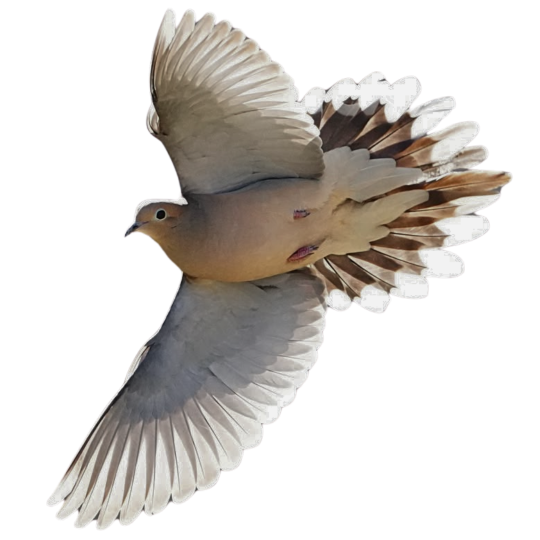


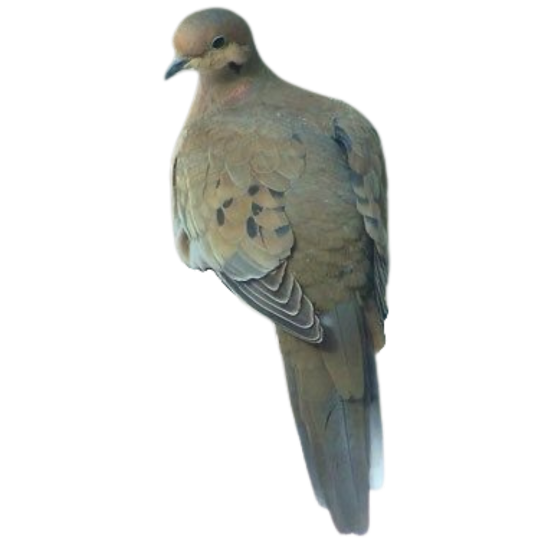
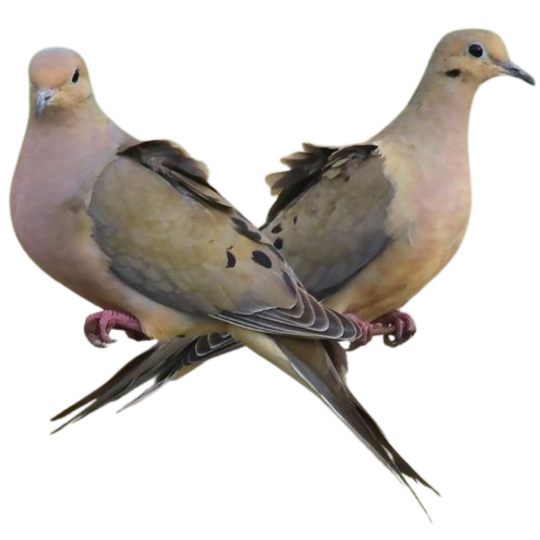




mourning dove pngs ! free to use! credit not needed but appreciated :)
8K notes
·
View notes
Text
i think i tend to forget how good boredom is for creativity because we're all so addicted to numbing ourselves with screens and stimulation. but standing in the shower or going for a walk with no music or just sitting in your bedroom without being allowed to touch any screens & all of a sudden i have multiple new projects to start, a solution to a months-long plot problem & 4 new original characters
5K notes
·
View notes

